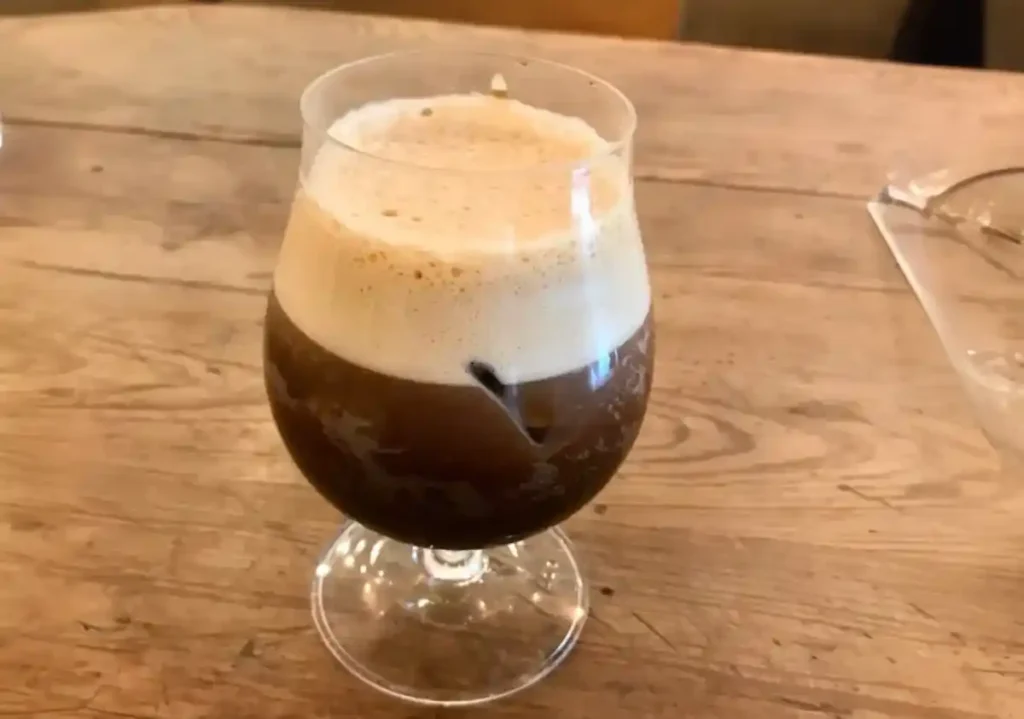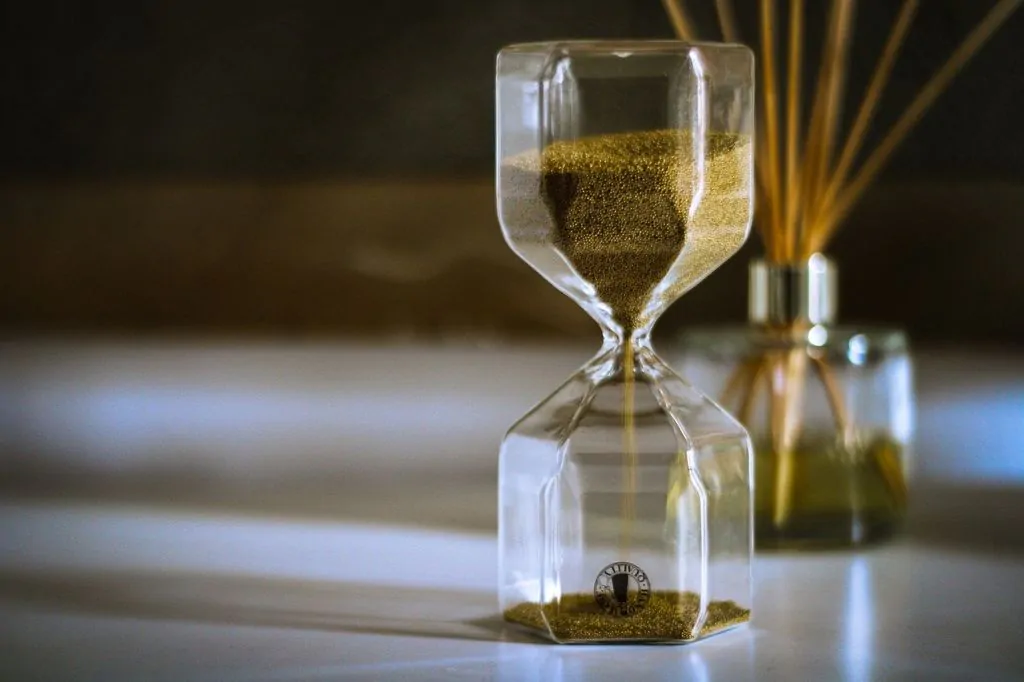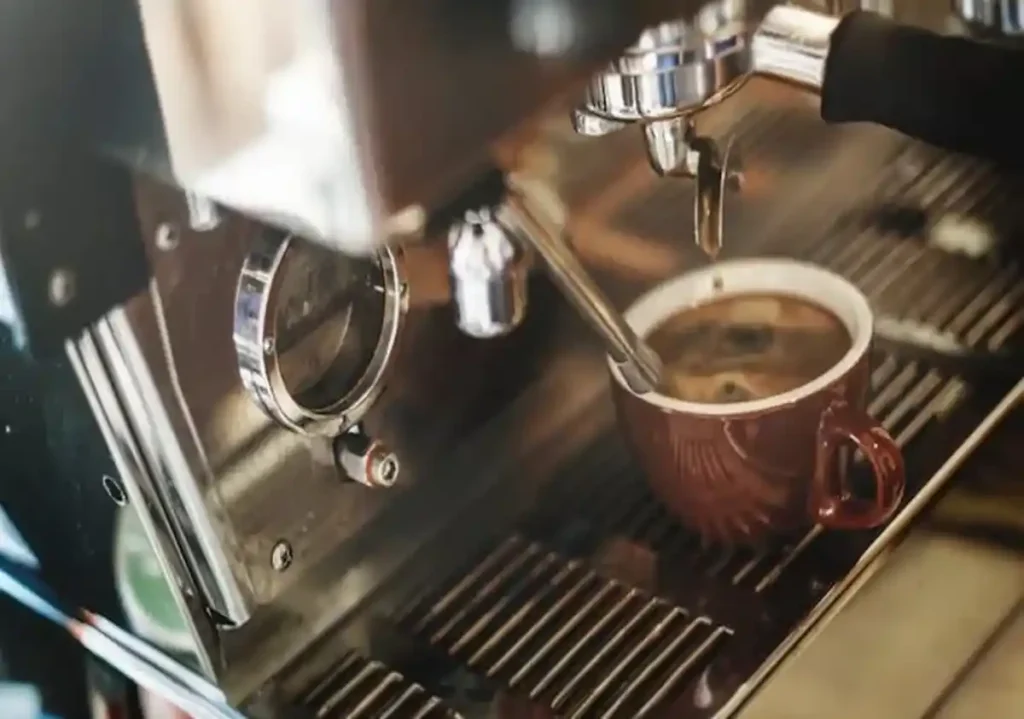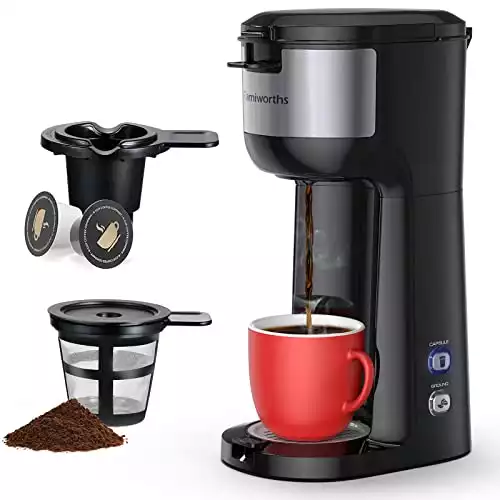Lately, I’ve started checking the caffeine content before I order drinks from my local coffee shop. I also wondered does nitro cold brew have more caffeine?

Sometimes I want a lot of caffeine, and sometimes I want a little; since I love every type of coffee, I’ve been letting this help me choose which drink to buy.
As I ordered a cup of nitro cold brew the other day, I realized that it has more caffeine than the iced coffee of the same size. That seemed strange to me because nitrogen gas doesn’t contain caffeine, so it can’t increase a drink’s caffeine content.
Does nitro cold brew really have more caffeine? Nitro-cold brew typically has more caffeine, but this is not because of the nitrogen. Nitro cold brew is typically made with strong coffee to get a darker and more impactful flavor profile, and this inherently results in more caffeine in each cup.
The amount of coffee in a cup of nitro cold brew entirely depends on how you make it. If you know what factors influence caffeine levels, you can decide how strong you want your homemade nitro cold brew coffee to be.
The Caffeine Content Of NitroCold Brew
If you purchase a cup of nitro cold brew from an average coffee shop, you’ll probably get more caffeine than if you purchase a cup of regular iced coffee. This varies greatly between locations and typically depends on the head barista’s tastes. The caffeine content in your coffee changes based on how the batch is made and served.
Coffee Bean Variety
Some kinds of coffee beans have more caffeine than others. Robusta beans usually contain more caffeine than Arabica beans, although the amount changes with every batch of beans. Every strain is different, and some years’ coffee crops are simply stronger than others.
Interestingly enough, the color of the roast does not impact the caffeine content of coffee beans. A bean will have the same amount of caffeine no matter how long you keep it in the roaster.
There is one weird exception to this rule, and it’s that dark roasted beans weigh less than lightly roasted beans because they contain less water. This means that if you measure coffee by weight, you’ll get more beans – and, therefore, more caffeine – when you use a darker roast.
If you measure by volume instead, you’ll find that the light roast gives you more beans and, therefore, more caffeine content. It’s all about how much coffee you’re actually using in your brew.
Nitro cold brew is usually made with Arabica beans. This results in a smoother flavor profile, but it also reduces the potential caffeine content. However, there’s nothing stopping you or your barista from making a batch of nitro cold brew with a strong batch of Robusta beans.
Related Article: DO OLD COFFEE GROUNDS HAVE LESS CAFFEINE?
Grounds To Water Ratio
The strength of a batch of coffee depends on the number of coffee grounds that are used. In general, more coffee grounds means a stronger brew, although this can also be influenced by the size of the grounds and the brewing process.
Cold brew coffee is inherently made with more coffee grounds than warm brew. This is because cold brewing doesn’t extract as efficiently, so more coffee is needed to get the same flavor and effect. In some cases, the cold brew will be made with so much coffee that it’s actually more caffeinated.
Nitro cold brew is typically made with a large number of coffee grounds. This ensures a high caffeine content and a stronger flavor, which fans of this beverage tend to prefer. Changing the amount of coffee used is one of the best ways to control the caffeine content with any type of brewing method.
Preparation Time

The next consideration is how long the coffee has been brewed. Cold-brew coffee that is left to steep will get stronger up to a limit. Steeping the coffee longer will also give it a stronger and more bitter flavor that some coffee drinkers love.
The same nitrogen gas used to create nitro cold brew’s signature bubbling effect is also used to make certain types of beer. This has led many people to associate the flavor profile of nitro cold brew with alcohol. To increase this effect, some baristas like to let their cold brew sit as long as possible – just like a batch of beer might be left to ferment.
It’s important to note that coffee with a stronger flavor isn’t necessarily more caffeinated. Most of the caffeine is extracted early in the brewing process, and leaving your beans to sit will impact the flavor more than the caffeine levels.
Serving Method
The final factor that decides how much caffeine is in a cup of coffee is how that coffee is served. A cup of pure black coffee will always have more caffeine than coffee that’s been mixed with milk, sugar, ice, or any other substance.
This difference is based on how much of the final brew is used. If you fill one 12-ounce cup with black coffee and fill another cup with 8 ounces of coffee and 4 ounces of milk, the first cup will have more caffeine.
Nitrogen gas doesn’t take up a discernible amount of volume, so a 12-ounce cup of nitro cold brew will have just as much coffee as a 12-ounce cup of regular cold brew coffee. The nitrogen gas has no effect on the volume of the drink or the amount of caffeine in the brew.
However, nitro cold brew is usually served black without any add-ins. Milk, ice, and syrup will all disrupt the bubbles and change the flavor and texture of the drink. Because the coffee is not diluted, you’re getting as much caffeine as possible with every sip.
This means that a cup of nitro cold brew has more caffeine in it than a cup of regular iced coffee. Most commercial iced coffee is served by pouring cold brew over a cup partly or mostly filled with ice. The ice then melts and dilutes the drink.
For a 12-ounce cup of iced coffee, you might only get 8-10 ounces of actual cold brew. Less coffee means less caffeine per beverage.
So, all in all, the average cup of nitro cold brew has more caffeine than other similar coffee drinks. However, the difference usually isn’t very much, and it really depends on how the coffee is made. Instead of drinking nitro cold brew for the caffeine content, you should enjoy it for the dark flavor and the cascade of delicious, creamy bubbles that flow through the drink.
Caffeine Content By Brewing Method
Each coffee bean has a set amount of caffeine in it. Some brewing processes are more effective at extracting this caffeine than others. The job of a great coffee brewer is to pull the right amount of caffeine while maintaining a great flavor profile for the drink.
In general, hotter water makes stronger coffee. You can also increase caffeine content by using more beans. With these two principles in mind, your barista can decide just how strong, flavorful, and caffeinated they want each batch of coffee to be.
Cold Brew
Cold brewing is the least effective extraction method and results in the weakest coffee when used with the same amount of grounds. This is because heat is needed to break the coffee beans down and extract the flavor.
Cold-brew extraction is accomplished by letting the coffee beans sit in water for a long time. Like making a batch of iced tea, steeping your coffee grounds will eventually pull out the oils that contain both flavor and caffeine.
Although cold brewing is slow and less efficient, it also tends to produce a smoother and more refined taste. Some people think that cold brew coffee doesn’t taste as burnt or bitter as coffee made with other brewing methods.
To make up for the difference in extraction strength, most coffee brewers simply use more coffee for every batch of cold brew. With enough coffee grounds, a cup of cold brew might even have more caffeine than the average cup of drip coffee.
Drip Coffee
Drip coffee machines are popular because they’re efficient, affordable, and easy to use. If you don’t want to learn how to make espresso, drip coffee extraction is one of the best ways to get a large amount of caffeine per cup.
The average 8-ounce cup of drip coffee has anywhere between 70 to 140 milligrams of caffeine. The caffeine content can be increased by switching to a different coffee bean, using more coffee, or brewing at a higher temperature.
The reason that drip coffee doesn’t usually have more caffeine than cold brew is that cold brew is often made with more coffee beans. However, if you use the same coffee-to-water ratio with both brewing methods, you’ll find that the drip coffee always has more caffeine.
If you have a cheap drip coffee maker, you might notice that the coffee tastes weak. This is because coffee machines that aren’t working correctly might not be brewing your coffee at a hot enough temperature. Drip coffee tastes best when brewed between 197 and 204 degrees.
If the water is any colder, the coffee won’t be as strong or delicious.
Espresso

Espresso has the most caffeine per volume. A single shot of espresso has 40-55 milligrams of caffeine in it.
The espresso extraction process has been carefully designed to fit as much caffeine and flavor as possible in every single shot. Espresso beans are some of the strongest, and a large quantity of finely ground beans are typically used for each cup. Espresso is also brewed with extremely hot water, which results in coffee with more caffeine.
What’s interesting is that a single cup of drip coffee might actually have more caffeine than a double shot of espresso. Caffeine content is measured in milligrams per volume; if you have a big enough cup of drip coffee, you’ll beat the shot of espresso every time.
How To Get Stronger Iced Coffee
I’m a big fan of lattes, but when I drink a cup of black coffee, I want it nice and dark. If you’re planning to make your own nitro cold brew at home, you might want to replicate that strong, bitter flavor that the drink is known for.
- Choose your beans. Most coffee shops use Arabica beans to make nitro cold brew. But if you want to make strong and dark coffee, you should try using Robusta beans instead. Decide the strength of your roast based on flavor; light roasts are creamier, and dark roasts are more bitter.
- Use more coffee grounds. Everyone makes their iced coffee differently, so the amount of beans you use is up to you. Try starting out with a ratio of 3/4 cup of coffee to every 4 cups of cold water. If you want stronger coffee, simply increase the number of grounds you use until you like the taste.
- Let your coffee sit for longer. Cold brew coffee is ready to drink as soon as 12 hours after you’ve brewed it. To get a stronger flavor that’s more suited to nitro cold brew, let your coffee sit for as much as 24 to 28 hours before you drain it. Don’t let your coffee sit for longer than two days; the coffee beans will start to break down, and you won’t enjoy the taste.
Finally, if you really want to increase the caffeine content, you can try using drip coffee instead of cold brew. Just chill your drip coffee in the fridge before you run it through the nitrogen tap. Remember, the amount of coffee beans you use still impacts the strength of the coffee.
Always make a few practice batches before you serve the completed drink.
Related Questions
Does Nitro Cold Brew have espresso in it?
Nitro cold brew is typically made with cold brew coffee that is run through a nitrogen tap. Although you could technically add a shot of espresso to your drink, it might pop the bubbles and ruin the signature nitro cold brew cascade.
What kind of coffee beans should you use for nitro cold brew?
Traditional nitro cold brew is made with dark-roasted Arabica coffee beans. However, you can easily make this delicious drink with the coffee beans of your choice.
Caffeine Guides
How Much Caffeine Does Decaf Coffee Have?
How Long Does Coffee Keep You Awake?
Why Does Caffeine Make You Pee?
Caffeine Fatigue: 7 Reasons Why Your Cup Of Coffee Makes You Feel Tired
How Much Caffeine Is In Death Wish Coffee?
Do Old Coffee Grounds Have Less Caffeine?
Does Bubble Tea Have Caffeine? (Explained)

